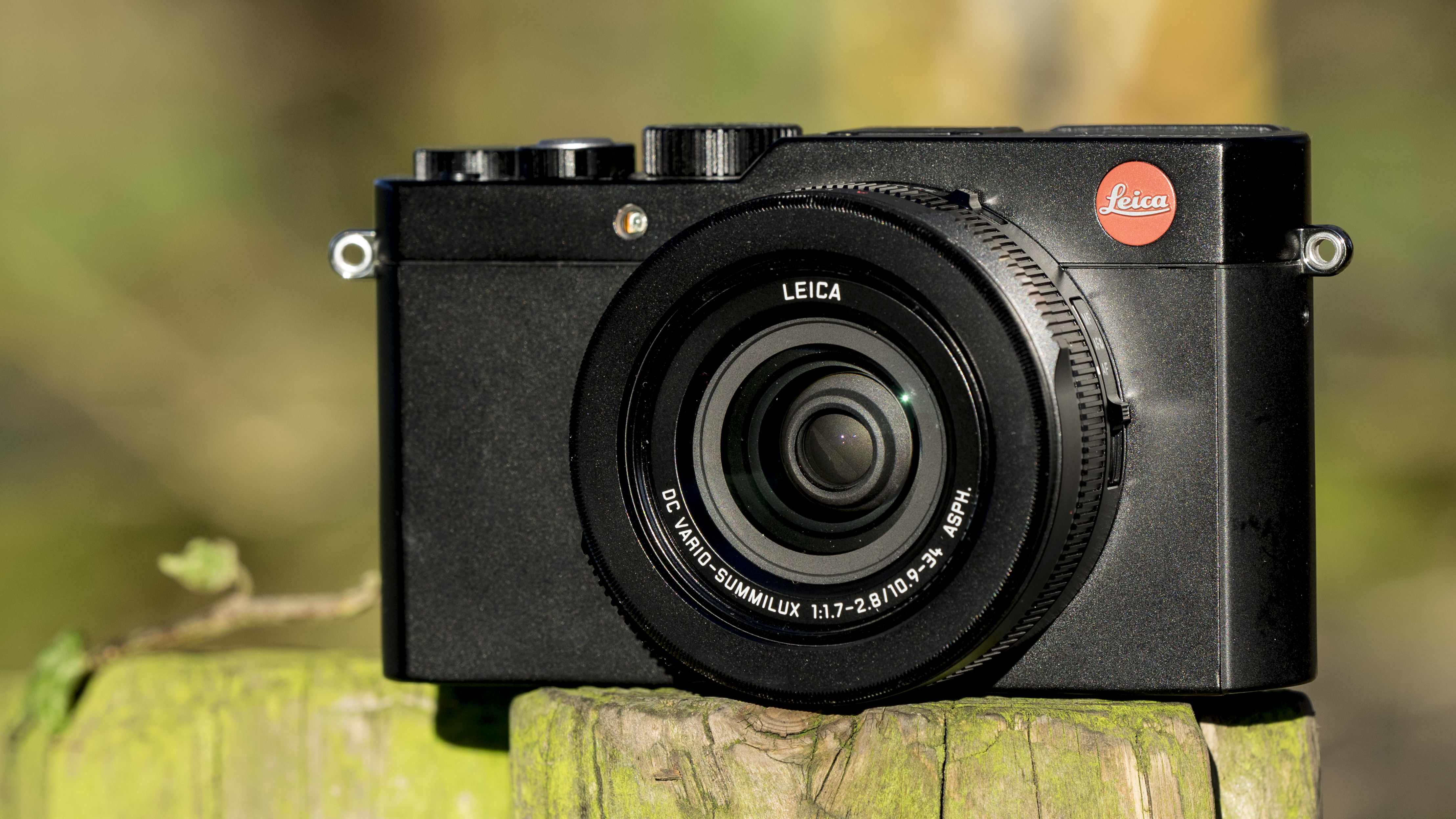Why you can trust TechRadar
Like the LX100, the D-Lux (Typ 109) produces impressive results and images taken in daylight have lots of detail and natural colour. Us usual, the best results are produced at the lower sensitivity settings and the maximum setting (ISO 25,000) is best avoided and is only really suitable for use when images are kept small.
At 100% magnification, JPEGs captured at ISO 25,000 look rather smudged and are best kept to below A4 size. Simultaneously captured raw files have more detail, but there's lots of coloured speckling which is visible even when shots are sized to make 6x4-inch prints. However, it is possible to reduce the visibility of the noise and retain a bit more detail than is in JPEG files.
Stepping down to ISO 12,500 improves things, but the images are still not suitable to make large prints. Dropping down a stop further to ISO 6400 results in much better images and, although I'd still recommend shooting raw files, JPEGs at this sensitivity setting are suitable for making A3 prints.
Ideally, it's best to keep the sensitivity to ISO 1600 or lower as the image quality is very good, noise is controlled well and there's plenty of detail.
I found that even in fairly low light the D-Lux's AF system manages to get subjects sharp quickly – it only starts to struggle in dark conditions. The AF Tracking mode also manages to keep up with moving subjects even in quite poor lighting conditions.
Like the LX100's, the D-Lux's general purpose metering system does a good job in many situations, but it sometimes produces quite bright images and it can be beneficial to reduce the exposure by 1/3 or 2/3EV to get more saturated colours or protect highlights. The Zebra display, even when set to 105%, also sometimes indicates that more of the scene will be overexposed than actually is in the final image.
As a rule, images from the D-Lux have good dynamic range and images have a good range of tones. In high contrast situations, however, the iDynamic system is useful, with the Highest setting still producing natural looking JPEGs that have greater detail visible in the shadows.
Distortion isn't a significant issue with the D-Lux's lens and sharpness is maintained well across the image frame. However, you need to keep an eye out for flare when the sun is near the edge of the frame, A lens hood would help combat this, but unfortunately one isn't supplied with the camera and there's no bayonet mount to attach one on the end of the optic.
On the whole the lens produces nice looking out of focus areas (bokeh), but one scene produced some rather strange results with a small area in the background having a rather posterised effect. This is less marked in the raw file, but is still visible.
I found that the D-Lux generally produces pleasantly vibrant colours in its default set-up, but if you want a bit more vibrancy the Vivid Photo Style is available along with a Natural options for more muted results. The automatic white balance system also performs well in a range of lighting conditions. However, I suspect that the majority of D-Lux users will shoot raw files and only use the Photo Styles as a rough guide before processing images to be just as they like them.
